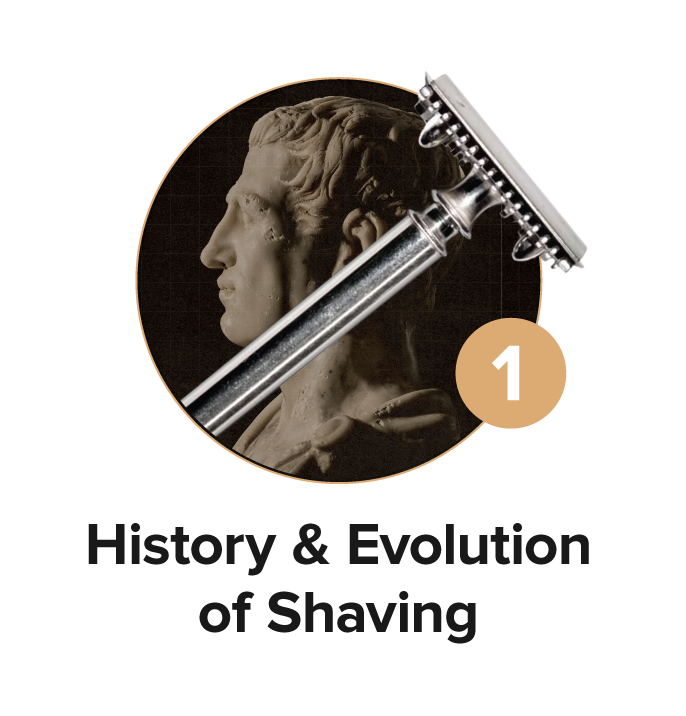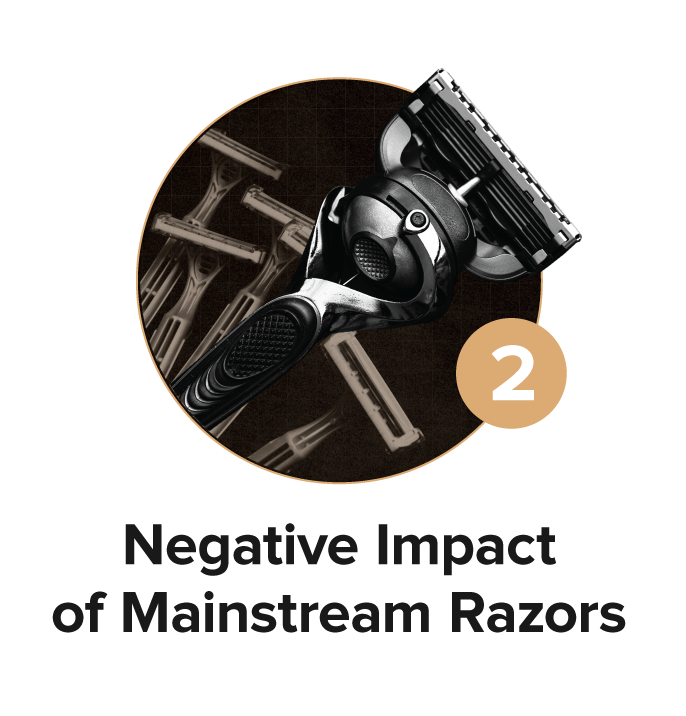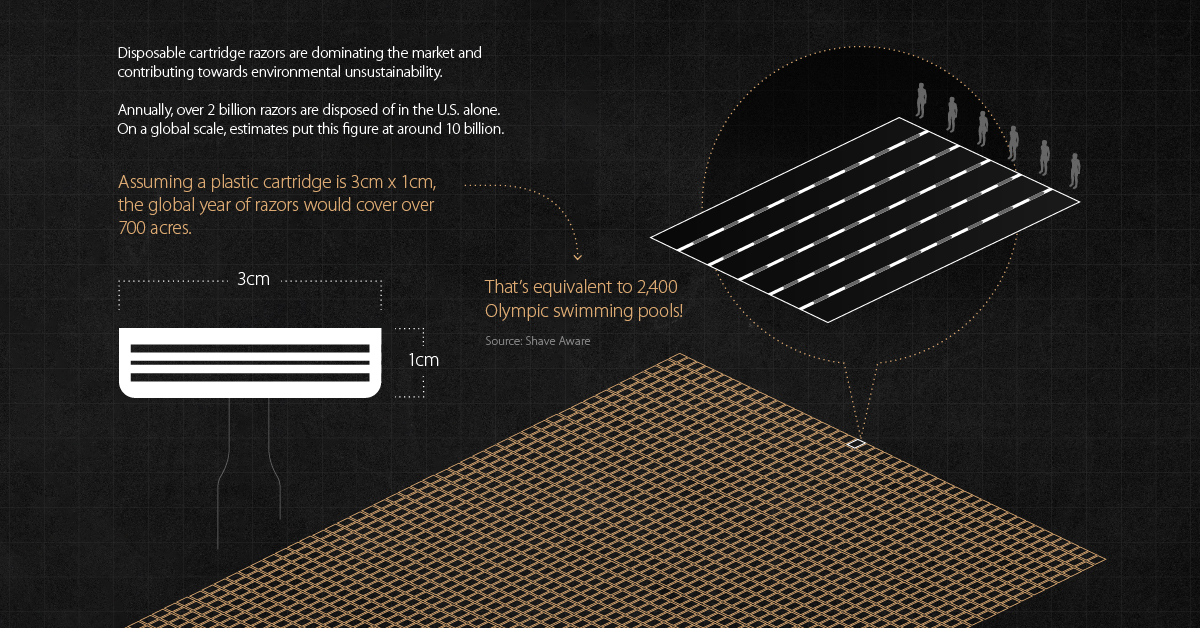Visualizing the Negative Impact of the Shaving Industry
Visualizing the Negative Impact of the Shaving Industry
The art of shaving has a history rich with transformation that dates back to ancient civilizations. That is until the 20th century when mainstream plastic cartridge razors began to flood the market.
This graphic from Henson Shaving shows how mainstream plastic cartridge razors conflict with expectations of the modern world by being huge contributors to pollution.
The data also suggests that consumers could significantly benefit from switching over to using a safety razor. Let’s dive in.
Rethinking Shaving
The shaving industry is dominated by several corporate entities that rake in billions of dollars every year. In fact, the majority of razors on the market today are optimized for profit rather than sustainability and affordability.
The industry was worth $17 billion in 2021 and is poised to grow by 17%, reaching $20 billion by 2030. Within this large market, the U.S. is a key player. The country imports over half a billion razors a year—more than any other country. Overall, U.S. shavers go through 2 billion razors a year, which is roughly 12 per consumer on average.
How much waste does this create?
As it turns out, quite a lot. The 2 billion razors discarded annually cover an area of 700 acres—assuming the average disposable cartridge razor (without a handle) has a dimension of about 3 cm by 1 cm. To put that into context, that’s 2,400 Olympic sized swimming pools.
The Financial Case Against Cartridge Razors
The other inefficiency involves consumer wallets. While on the surface disposable cartridge razors seem more affordable, this is far from the truth. While cartridge razors have a cheaper cost up front, they become more expensive incrementally over time. In fact, most consumers do not detect this, but they may actually end up paying 5-10 times more than safety razors over their lifetime.
On the other hand, safety razors require a larger upfront investment, but become progressively cheaper over the months and years. How is this possible? A cartridge razor costs between $2-4 in most markets, while a safety razor blade is a fraction of that at around 10-20 cents. What’s more, both typically last last for an average of 7 shaves.
We can better understand the total cost of ownership associated with shaving by looking at the costs over a few years.
| Time | Cartridge Razor Daily Shave | Safety Razor Daily Shave | Cartridge Razor 2x Per Week | Safety Razor 2x Per Week |
|---|---|---|---|---|
| Week 0 (Starting Point) | $10.00 | $100.00 | $10.00 | $100.00 |
| Week 1 | 13.00 | $100.20 | $10.85 | $100.06 |
| Week 35 | $109.00 | $106.60 | $38.05 | $101.98 |
| Week 115 | $352.00 | $122.80 | $106.90 | $106.84 |
Note on methodology: We assume a safety razor is $100 and a blade costs 20 cents to replace per 7 shaves while cartridge razors are $10 and cost $3 to replace the cartridge. This means a daily safety razor user would incur a 20 cent cost per week while someone who shaves only twice a week would incur about a 6 cent cost. A daily cartridge shaver would incur a $3 cost per week while someone who shaves twice per week would incur a 85 cent cost weekly.
Eventually, daily shavers see safety razors become cheaper at the 35th week, while those who shave twice a week recognize the savings around week 115. But given people spend an average of 3,000 hours in a lifetime shaving, the compounding effect translates into huge cost savings for the consumer no matter how often they shave.
The Psychology Behind Financial Shaving Decisions
There are several psychological phenomena at play that shape the financial decision making behind shaving.
First the endowment effect, which is when consumers place a higher perceived value on an item they own, over something they don’t. The endowment effect states that we assign a positive psychological bias to our possessions. For shaving, this means consumers are more likely to have a positive view towards their own razor over alternatives.
Next, is the sunk cost fallacy, which suggests that people are reluctant to abandon a behavior if they have already invested time or money into it. For shavers, this may mean sticking to a substandard shaving method or product because time or money has been spent acquiring the item, thus making us reluctant to change and accept potentially better ways.
These psychological factors are part of how the large corporate shaving companies build profitable lifetime consumers—but it’s time for change.
Meet an Alternative: The Henson Razor
There’s evidence to suggest the modern day cartridge razors can lead to suboptimal outcomes for your wallet and the environment at large.
The Henson razor addresses these challenges head on.
- Made with anodized aluminum, contains zero plastic.
- Machined using aerospace technology.
- Exceptional precision, blades exposed to .0013 inches, equivalent to 1/3 of a human hair.
- Affordably priced, replacement blades cost 10-20 cents.
Henson Shaving is going against the grain by selling one razor for one consumer to last a lifetime.
>>>Learn more about the last razor you’ll ever buy with Henson Shaving.

-
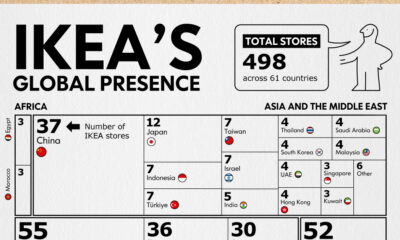
 Business3 months ago
Business3 months agoCharted: Number of IKEA Stores, by Country
Known for their size, labyrinth-like layouts, food, and of course, functional furniture, IKEA stores have become a whole shopping experience. But which country has the most…
-
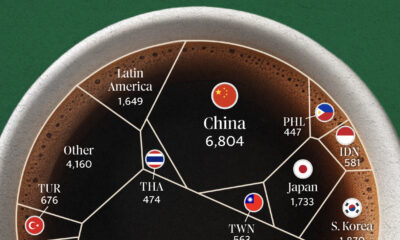
 Misc4 months ago
Misc4 months agoWhich Countries Have the Most Starbucks Stores?
Starbucks has nearly 40,000 stores in 80 different countries? But which countries account for the lion’s share of them?
-
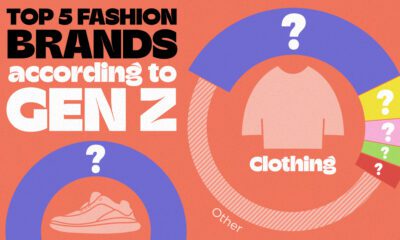
 Gen Z4 months ago
Gen Z4 months agoRanked: Gen Z’s Favorite Brands in 2023
What are Gen Z’s favorite brands? Here are the top 5 brands for apparel, footwear, and handbags, according to U.S. teens in September 2023.
-
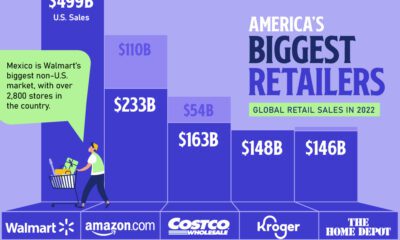
 Markets5 months ago
Markets5 months agoRanked: The Biggest Retailers in the U.S. by Revenue
From Best Buy to Costco: we list out the biggest retailers in the U.S., and how much they earned from their stores in 2022.
-
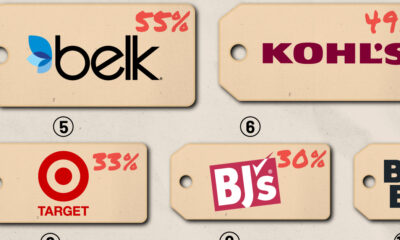
 Retail5 months ago
Retail5 months agoRanked: Average Black Friday Discounts for Major Retailers
To compile this list, WalletHub analyzed over 3,500 deals from 13 U.S. retailers to calculate their average black Friday discounts for 2023.
-
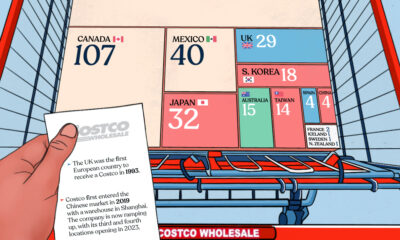
 Business7 months ago
Business7 months agoVisualizing the Number of Costco Stores, by Country
This graphic breaks down the number of Costco stores globally, providing insight into the retailer’s global presence.

